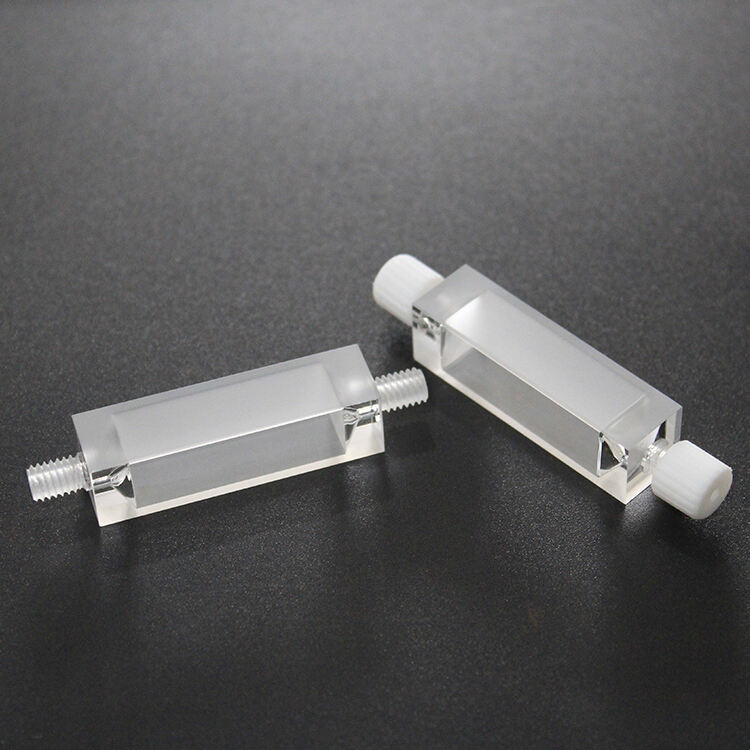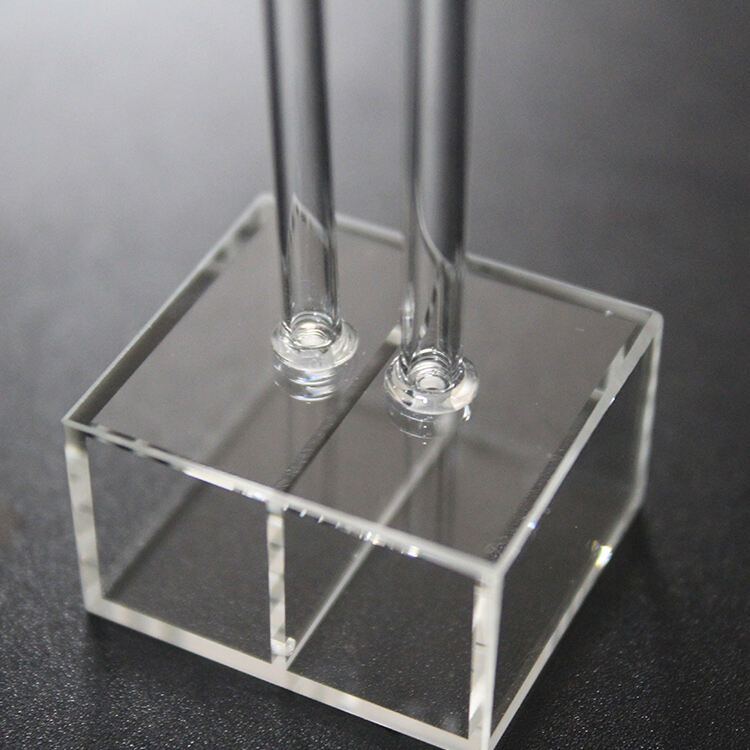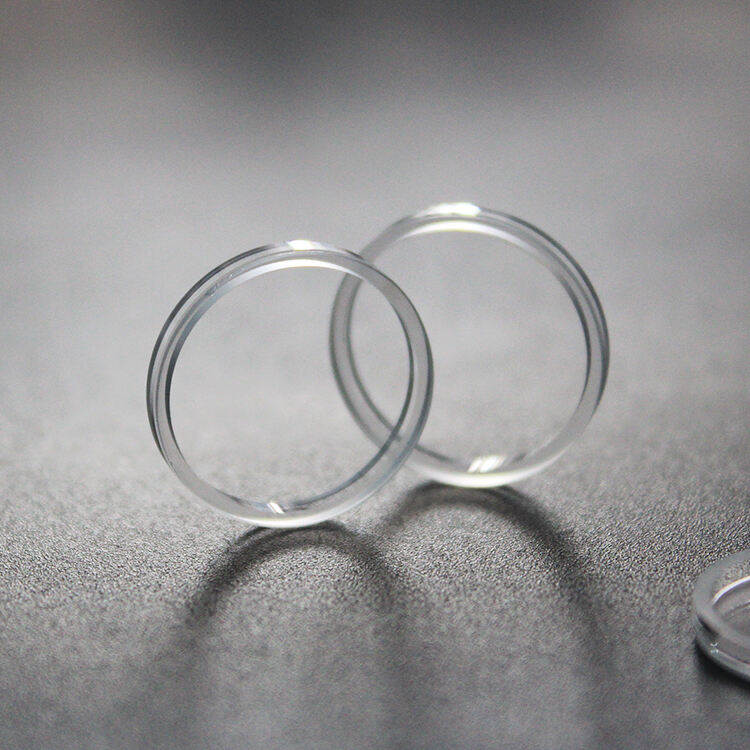Hawaiians might have listened to life in a CD cuvette. It sounds like a fancy word but it is anu very useful tool that scientists use in their work. A CD cuvette is a little rectangular box used in experiments with different liquids. Rock crystal is a transparent material, which is made of quartz or glass that can easily transmit light. There are two clear sides to the cuvette, kind of like windows that let light in and out. When a scientist places a liquid sample in the cuvette and passes light through it, some of the light gets absorbed by the liquid and some continues to pass through it. That process teaches scientists about the shapes and behaviors of tiny molecules in the liquid.
There are a lot of reasons CD cuvettes are useful. First, they are meant to be very clear. This means that they do not interfere with light passing through. This clarity allows scientists to get precise results when they measure how the light behaves as it passes through the sample. Secondly, CD cuvettes are quite robust. They are resistant to high temperature and harsh chemicals, and therefore do not break easily. This matters because experiments frequently take place under extreme conditions. Third, CD cuvettes can be used with a wide variety of liquids. They can be applied to proteins, sugars and other materials that scientists research. Lastly, these cuvettes are extremely sensitive. They can detect minute alterations, allowing scientists to comprehend how diseases function and how medications can alleviate them.
The Difference Between Quartz and Glass :Quartz cuvettes allow more light to pass through in the UV range, making them very useful for specific experiments. But they are usually much costlier than glass cuvettes. Glass cuvettes are suitable for visible-light experiments and are less expensive.
Standard vs. Micro: Standard glass cuvettes have 1 cm path length and hold ~ 3 mL of liquid. That's a decent size for many experiments. Comparatively, micro cuvettes size is small, and play roles to hold less than 50 µL of liquid; these work great, allowing you to study tiny or precious samples with care.

Teflon vs. Quartz-coated; Teflon cuvettes are less prone to noise have lower background noise which is good for low concentration samples or weak signals. Quartz-coated cuvettes, on the other hand, have enhanced light transmission, which makes them ideal for high concentration samples or robust signals. Furthermore, Teflon cuvettes are less prone to shattering than quartz-coated cuvettes.

Membrane -- Scientists also study membranes, using CD cuvettes. They can sense alterations in the composition and dynamics of membranes, critical for scientists studying cellular signaling or trafficking — including for drugs that penetrate into cells.

Studying Polymers: Finally CD cuvettes are used to study synthetic materials that are called polymers. It is very helpful in developing innovative materials for different applications since scientists are able to observe how these materials act and mutate.
Jinko Optics can provide fully customized solutions for the specific needs of different industries and customers. Whether it is drawings and samples provided by customers or personalized needs for special application scenarios, Jinko Optics can accurately design and produce optical components that meet the requirements. This flexible customization capability is particularly suitable for the precise needs of scientific research institutions, laboratories and specific industries. In addition, the company's rapid response to market changes and customer needs can ensure that customers always get the latest and most suitable technical support and products.
With more than 50 years of R&D and manufacturing experience, Jinko Optics has accumulated rich technical and practical knowledge in the field of spectral accessories. For a long time, focusing on the research and development of core products such as cuvettes, flow cells, optical components, and vapor cells has not only improved the company's technical position in the industry, but also enabled the company to quickly respond to various complex application requirements. The accumulation over the years has helped the company to continue to innovate and always be at the forefront of the industry.
Jinko Optics is committed to providing customers with high-quality products with high cost performance. By optimizing production processes and management processes and reducing production costs, the company can provide more favorable prices while ensuring the excellent performance of products in quality and function. In addition to the excellent quality of the products themselves, the company also pays special attention to after-sales service, providing timely technical support and professional solutions to ensure that problems encountered by customers during use are quickly resolved. This customer-oriented service concept enables Jinko Optics to stand out in the fiercely competitive market and win the trust and praise of a wide range of customers.
As the drafting unit of the national standard for cuvettes, Jinko Optics has very high standards for product quality. Every cuvette and optical component produced by the company follows the ISO9001:2016 standard, strictly controls every link in the production process, from the selection of raw materials to the factory inspection of finished products, to ensure that every product meets high quality requirements. In addition, it has 6 invention patents and 16 utility model patents, reflecting the company's continued investment in technological innovation and process optimization, so that the products not only have excellent performance, but also have unique market competitiveness.